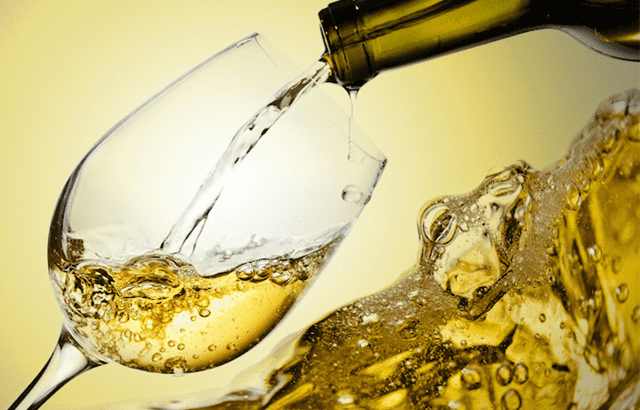The mysteries of yellow wine uncovered

What do you know about yellow wine? An iconic wine from the Jura, there is nothing like it. But why is it yellow and why does it come in different bottles? We will reveal all of the mysteries of yellow wine to you.
1) Why is yellow wine yellow?
Contrary to what you might think, the grape used to produce yellow wine is not yellow but white. It is Savagnin, a white grape variety found mainly in the Jura. So, how do you explain the colour of yellow wine, which is nicknamed "Jura gold"? Although yellow wine initially follows the same production process as dry white wine, it is subsequently placed in a 228-litre barrel for six years and three months. During this time, a fine veil of yeast deposits on the liquid, preventing the wine from oxidising on contact with air. This extremely long ageing explains the yellow colour of the wine: indeed, the longer the wine ages in the barrel, the more intense its colour becomes.
2) What are the characteristics of yellow wine?
Now that you know a little more about the preparation of yellow wine, it is time to think about its characteristics and find out why it is such a unique wine. Apart from its vinification process, which as you now know, is completely differerent from the process used for other wines, Jura Gold is also distinguished by its aromas. Indeed, in yellow wine, the aromas follow each other and are not alike. Very expressive and with a strong character, the nose of the yellow wine reveals hints of honey, nuts, curry, apple or toast. An extraordinary aromatic complexity that leads Italians to assimilate the yellow wine to a "wine of meditation", because it is a wine that "requires concentration" at first but that is "a real pleasure for the senses" once his mystery is pierced.
3) Why are the bottles of yellow wine smaller?
It certainly has not escaped you that the bottles of yellow wine have nothing to do with those of all other wines. Indeed, a bottle of yellow wine is recognizable among a thousand. You know, these bulging, thick bottles with a large yellow cap ? But these bottles, which are called clavelins, are also smaller than traditional wine bottles, since they have a capacity of 62 cl (13 cl less than a conventional bottle). This Jura tradition which bears the name of the ancestor who established it is explained by the fact that there is only 62 cl of yellow wine when it comes to the end of its aging. This is a way for winemakers in the region to make their business profitable!




